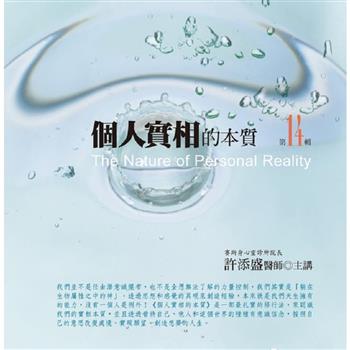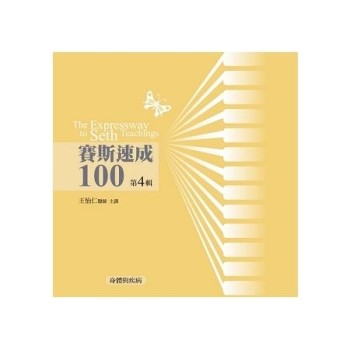Consumption of water contaminated with heavy metal ions compromise human and animal wellbeing even at permissible limits. Therefore, their removal from water is very important for the safety of consumers. Previously used conventional water treatment techniques were expensive and ineffective. Among them, adsorption has gained research interest because of its ease in design, environmentally friendly and availability of materials in large quantities, especially from agricultural wastes. Several chemical modification techniques are reported to have improved adsorbents removal capacity, including the use of modifying agents such as ethylene -1, 2- diamine. In this study, ethylene- 1, 2- diamine modified Jackfruit (Artocarpus heterophyllus Lam.) seeds were used. The raw adsorbent was chemically modified using thionyl chloride and ethylene -1, 2- diamine. Both raw and modified adsorbent were characterized using a Fourier transform infrared spectrophotometer (FT-IR) then employed in batch optimization, kinetic and thermodynamic adsorption experiments.
| FindBook |
有 1 項符合
Kinetic, equilibrium and thermodynamic adsorption studies的圖書 |
 |
Kinetic, equilibrium and thermodynamic adsorption studies 作者:Ndung’u 出版社:LAP Lambert Academic Publishing 出版日期:2024-08-28 語言:英文 規格:平裝 / 108頁 / 22.86 x 15.24 x 0.66 cm / 普通級/ 初版 |
| 圖書館借閱 |
| 國家圖書館 | 全國圖書書目資訊網 | 國立公共資訊圖書館 | 電子書服務平台 | MetaCat 跨館整合查詢 |
| 臺北市立圖書館 | 新北市立圖書館 | 基隆市公共圖書館 | 桃園市立圖書館 | 新竹縣公共圖書館 |
| 苗栗縣立圖書館 | 臺中市立圖書館 | 彰化縣公共圖書館 | 南投縣文化局 | 雲林縣公共圖書館 |
| 嘉義縣圖書館 | 臺南市立圖書館 | 高雄市立圖書館 | 屏東縣公共圖書館 | 宜蘭縣公共圖書館 |
| 花蓮縣文化局 | 臺東縣文化處 |
|
|
圖書介紹 - 資料來源:博客來 評分:
圖書名稱:Kinetic, equilibrium and thermodynamic adsorption studies
|










